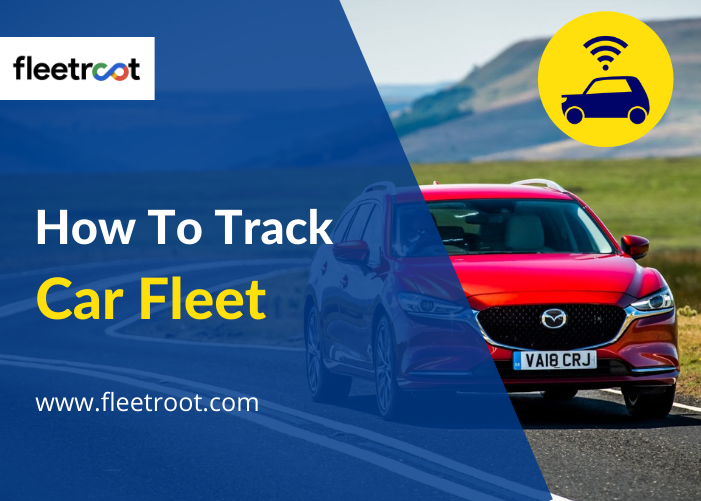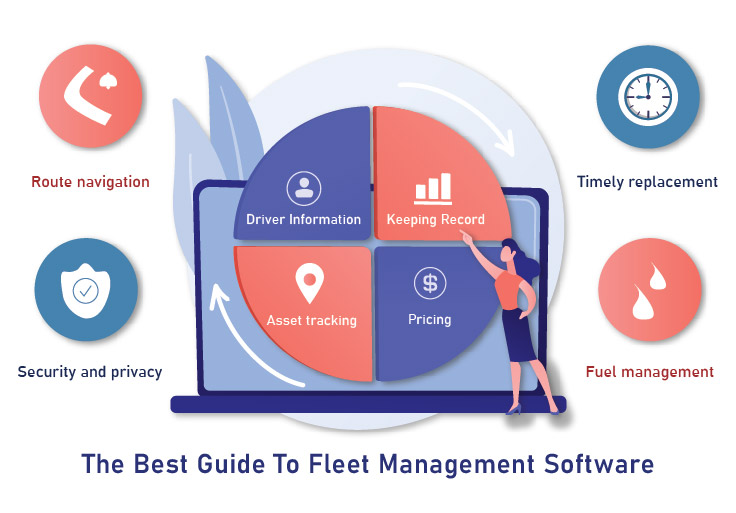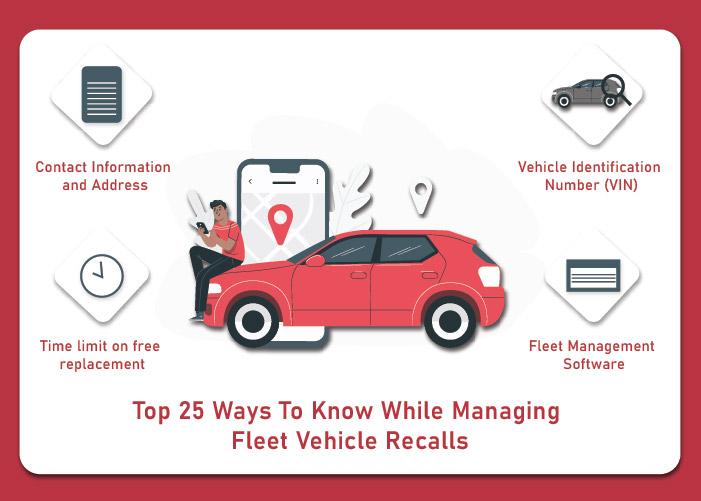Summary
Among all the industries that have seen a seismic shift in their operations and efficiency in recent years due to the advent of modern technologies like cloud-based systems, usage of GPS (Global Positioning Systems), data analytics, and advancements in cellular technology, the Logistics, and Distribution industry is probably at the very top!
Using modern, automated GPS-enabled Fleet-Management and Tracking software to achieve much greater levels of efficiency while minimizing the cost of operations, has been an absolute boon to this industry.
How can companies track a car-fleet?
Modern fleet-tracking systems use a combination of GPS-enabled tracking along with mapping software. Fleet cars are installed with a GPS-enabled vehicle tracking device to transmit live data via a satellite (or, mobile) network.
These modern and sophisticated systems transmit data in real-time across the route that a fleet car takes. In case the satellite signals get obstructed or blocked, the GPS tracker shifts to using mobile network towers to calculate the position of the vehicle. While the main objective of these trackers is to calculate a vehicle’s real-time location, the data is also analyzed across several operational elements by Fleet Managers to extract insight about its direction, route details, speed, fuel consumption, safe driving practices (etc.)
How does a GPS vehicle tracking system work? GPS (Global Positioning System) consists of 24 satellites that are orbiting Earth at all times and form the basis of our global navigation system. For the purpose of tracking and calculating a vehicle’s location at all times, all GPS trackers depend on receiving data from this satellite network.
- The radio signals emitted by this GNSS (Global Navigation Satellite System) network communicate directly with the GPS device fitted on a vehicle
- The receivers within the GPS devices receive the data sent via these signals to calculate the position of the GPS device, their current speed, time taken to cover distances at the speed (etc.)
- This data is then transmitted to a control system (e.g. on a computer or smartphone) using a mobile cellular network. Users and stakeholders of such a fleet navigation system – Fleet Managers, drivers, parents of school-going children – then receive these updates and track the movement of their fleet vehicles or cars accordingly
- The entire GPS operation is based on the use of a minimum of four satellites and their distance from the GPS tracker in your car calculates critical co-ordinates like time, longitude, and latitude. This information is then used to accurately calculate the details of your car including speed, route along which your car is traveling, surrounding conditions (e.g. traffic, weather). All this is done effectively in real-time.
Using a GPS tracking system to track your car fleet:
Once you install a GPS tracking device in your car, the signals are transmitted from the satellite network to the tracking device (receiver). The receiver then constantly calculates its distance from the satellites in real-time.
This data is received by the fleet management software that is accessed by Fleet Managers from their central consoles on a computer or mobile device via the internet.
This live exchange of data provides information in real-time about the location of your car, its speed, number of stops, the direction it is headed in, time to arrive at the destination based on current speed (etc.) and enables the Fleet Managers to manage the entire car-fleet based on assigned schedules, to take corrective actions for any emergencies, deviations or delays e.g. accidents, bad weather. Under such cases, Fleet Managers can use the route-optimization tools and re-route the car(s) in real-time.
- The tracking device installed in the car sends data about its GPS location every 2-minutes. As the car moves, this data about its changing direction and status is sent even more frequently
- Since the tracker is using an elaborate satellite network to send its GPS messages, the central system can track its cars even in the remotest areas
- Fleet Managers can not only get real-time mapping of their car-fleet with such a system but they can also get data about other related areas of fleet operation such as adherence to safety, operational efficiency (e.g. fuel consumption efficiency, driving habits like hard-cornering, speeding), scheduled maintenance (etc.).
What are the benefits of using a car-fleet tracking system?
1) Route visibility: Using a “breadcrumb trail”, Fleet Managers can monitor the exact route that fleet cars move across. This reveals details about route path, unauthorized deviations, stops, actual vs. projected timelines, traffic and weather conditions (etc.)
2) Track Driver behavior: Driver habits and their quality of driving are amongst the most important elements of maintaining a profitable and timely car-fleet service. With the help of fleet-management software and its trackers, you can track speeds, hard-cornering, fuel consumption, deviations from routes, unscheduled stops. This helps in not only spotting – and eliminating – bad driver habits but also to improve their driving by providing them with periodical feedback and training. With a consistent driver management program, companies can successfully improve their overall fleet performances, keep their drivers happy and motivated, and reduce operating costs via reduced insurance premiums, optimized fuel consumption (etc.)
3) Reduce fuel consumption (and operating costs): as mentioned above, fuel consumption forms a huge line item in the cost of operations for a car-fleet management company. By using route-optimization software to track fleet cars, companies can ensure that best practices across driving, routing, and maintenance are being followed, thereby minimizing this cost.
4) Route Optimization: such systems use real-time, GPS-enabled tracking and monitoring to ensure that fleet cars only travel along the most efficient routes, and also work to locate the closest driver to delivery locations, thus minimizing travel distances, fuel costs (etc.).
5) Data Analytics: the automated fleet-tracking system is inbuilt with huge data-crunching powers and can analyze vast amounts of data. Since such systems digitize the entire process of route-assignment, monitoring, re-routing, emergency management while also connecting all its users (stakeholders) online (e.g. Fleet Managers, drivers, passengers like students, employees), there are vast amounts of data that are constantly being generated. However, the data analytics feature can be configured to focus on vital parts of such tracking information. For example, only deviations or unauthorized movements need to be reported for further investigation.
Conclusion: as seen above, there are numerous benefits of using a modern automated system like fleet management software and this enables Logistics and Distribution companies to track their car-fleets in real-time and manage their operations efficiently.




